We’ve all heard the sayings: “Haste makes waste,” “Look before you leap,” “Fools rush in where angels fear to tread.” They all make the same point: Be careful, especially when undertaking a difficult task. Prepare yourself. Think about the things that can go wrong, and have a plan ready when they do.
However, sometimes you have no choice. An opportunity arises, you decide to respond, and you go ahead with whatever plans and resources you can cook up at the moment. Just ask the US Marines who landed on the South Pacific island of Guadalcanal in August 1942. The landing was a colossal improvisation, concocted on the fly to take advantage of a recent dramatic turn in the Pacific war. The official name for the Guadalcanal landing was “Operation Watchtower,” but the Marines, with their sardonic sense of humor, had a better name: “Operation Shoestring.”
Just six months after Pearl Harbor, the Imperial Japanese Navy suffered a shocking defeat at the battle of Midway in June 1942. US dive-bombers destroyed four of Japan’s precious aircraft carriers (out of six), and for the time being, at least, Japanese naval power was broken. Having momentarily seized the initiative, US commanders intended to keep it. Commander in Chief of the US fleet, Admiral Ernest J. King, now drew up plans for a landing on Guadalcanal in the Solomon Islands. Success here would punch a hole in Japan’s Pacific perimeter and serve as a sign that this young war had already seen its turning point.
All good things, certainly, but could he do it? The 1st Marine Division was new to the Pacific, and its commander, General Alexander Vandegrift, wanted at least six months of training before launching the plan into action. Maps of Guadalcanal were scarce, and so were charts of the tricky waters in the Solomon chain, the so-called “Slot." Admiral Frank Jack Fletcher, Guadalcanal task force commander, shook his head when he saw the plan: his ships would have to remain on station to resupply the Marines once they’d landed, and that meant serving as a sitting duck in the narrow waters of the Slot. Admiral Robert L. Ghormley, commander in the South Pacific, had worries of his own: lack of logistics, lack of planes, and lack of ports.
-

A Marine patrol pauses during a patrol along the Tenaru River.
-

The main objective of both the Americans and Japanese: Henderson Field alive with activity October 1942.
-

Marine cemetery on Guadalcanal.
King went ahead anyway. The invasion, he huffed, would take place, "even on a shoestring.” And so it did. On August 7, the 1st Marine Division landed on Guadalcanal. The surprised Japanese garrison—mainly construction troops—put up little resistance. The Marines overran a partially finished landing strip they christened "Henderson Field" and duly set up a defense perimeter.
And now began a parade of disasters. Fletcher, worried for the safety of his aircraft carriers in the Slot, withdrew them on August 8. That night, Japanese cruisers arrived and landed a crushing blow on US naval forces off Savo Island, sinking four heavy cruisers—the worst defeat in US naval history. With the carriers gone, along with air cover for the US invasion fleet, the Navy suspended all transport to the island, leaving the Marines isolated and surviving on captured Japanese rice and dried fish. The enemy was also recovering from initial shock and rushing reinforcements to the island, namely the 35th Brigade under General Kiyotake Kawaguchi.
For months, things hung by a thread. The Slot saw nonstop action. Almost every day, US convoys sailed in to land men and material on the island, and every night the Japanese did the same. One great naval battle followed another: Savo Island; the Eastern Solomons (August 24); Cape Esperance (October 11–12); and Santa Cruz (October 26). So many ships sunk that the waters around Guadalcanal became known as "Ironbottom Sound."
On land, too, the fighting had a single focus: Edson Ridge, a small rise south of Henderson Field. The key to Henderson, it was the target of a vigorous attack by Kawaguchi's Brigade on September 12. For two days, the Japanese came up in waves, and were beaten back by rifle, machine gun, and mortar fire. The attackers suffered over 700 casualties (to 135 Marines), and when it was over, Edson had a new name: Bloody Ridge. The Marines had triumphed, and good thing they did: they were defending their one advantage. As long as they held Henderson Field, they could station aircraft on the island itself. Japanese aircraft, by contrast, had to fly all the way from the island of Rabaul, 550 miles away, and often had only a few minutes time over target.
October brought the climax of the campaign. The two sides were trading losses in a slugfest of men and equipment, but that was just the sort of contest that poorer Japan had to avoid. While planners in Tokyo were thinking of cutting their losses, more aggressive leadership arrived on the US side. In October, Admiral Ghormley gave way to fire-breathing Admiral William F. "Bull" Halsey. After successful action at Cape Esperance off Guadalcanal’s western tip, the Navy landed its largest troop convoy since the initial invasion, bringing in most of the 164th Infantry Regiment.
They arrived just in time. On the nights of October 24–25, the Japanese launched a final thrust against Bloody Ridge, along with an attack on the Marines along the Matanikau River. The attackers overran a handful of US outposts, only to be slaughtered by heavy American fire, wielded furiously by US Marines and Army alike. Japanese losses were staggering—3,500 men—the cost of throwing infantry against modern firepower. The fighting dragged on into early 1943, but never again did the Japanese come so close to Henderson Field, and in the end, the fight for Guadalcanal boiled down to control of the airfield.
Since 1945, we have tended to invest American victory in World War II with an aura of inevitability. The US was the richest country in the world, and in some economic areas, produced more than the rest of the world put together. Fighting a “rich man’s war,” the argument runs, the US could simply overwhelm its foes with sheer, raw power.
Really? Tell it to the Marines. Launched onto Guadalcanal undersupplied and underprepared, living on captured Japanese rice, they got the job done anyway. As Admiral King would no doubt agree, it may be a good idea to “look before you leap,” but sometimes, in war, you just have to jump in with both feet.
Robert Citino, PhD
Robert Citino, PhD, is the former Samuel Zemurray Stone Senior Historian in the Jenny Craig Institute for the Study of War and Democracy.
Cite this article:
MLA Citation:
APA Citation:
Chicago Style Citation:
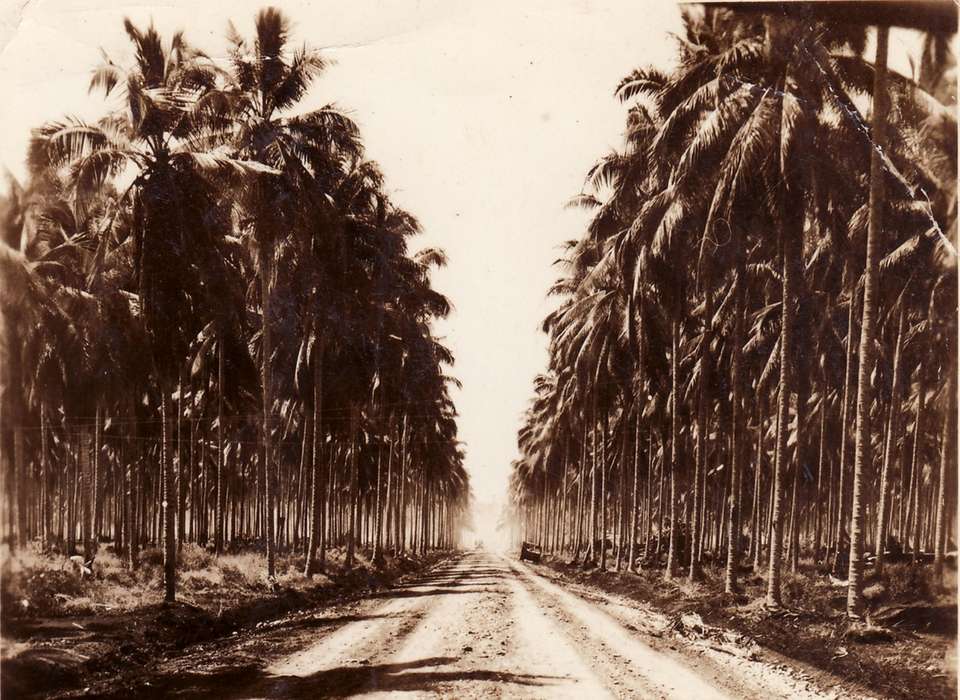
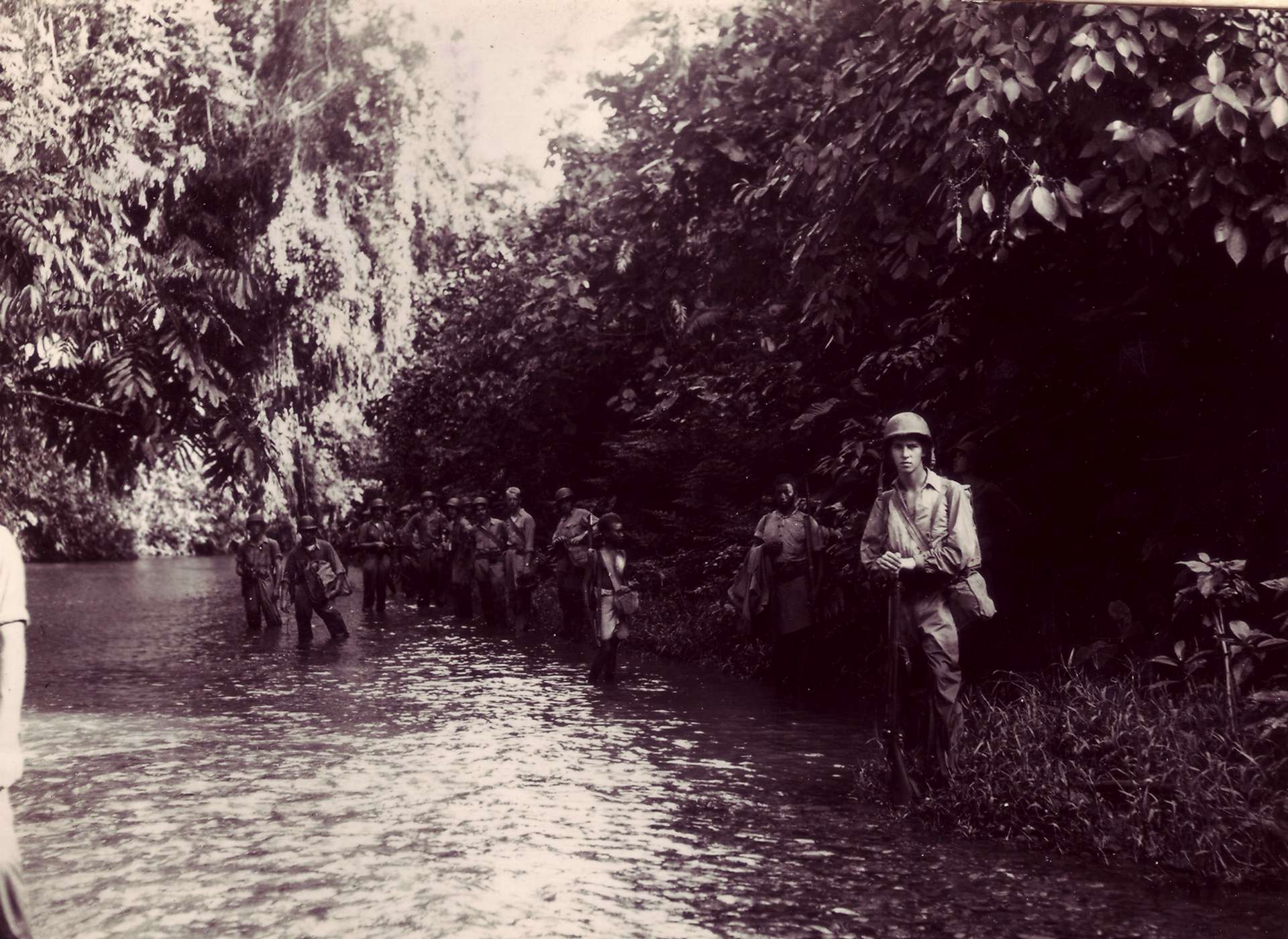
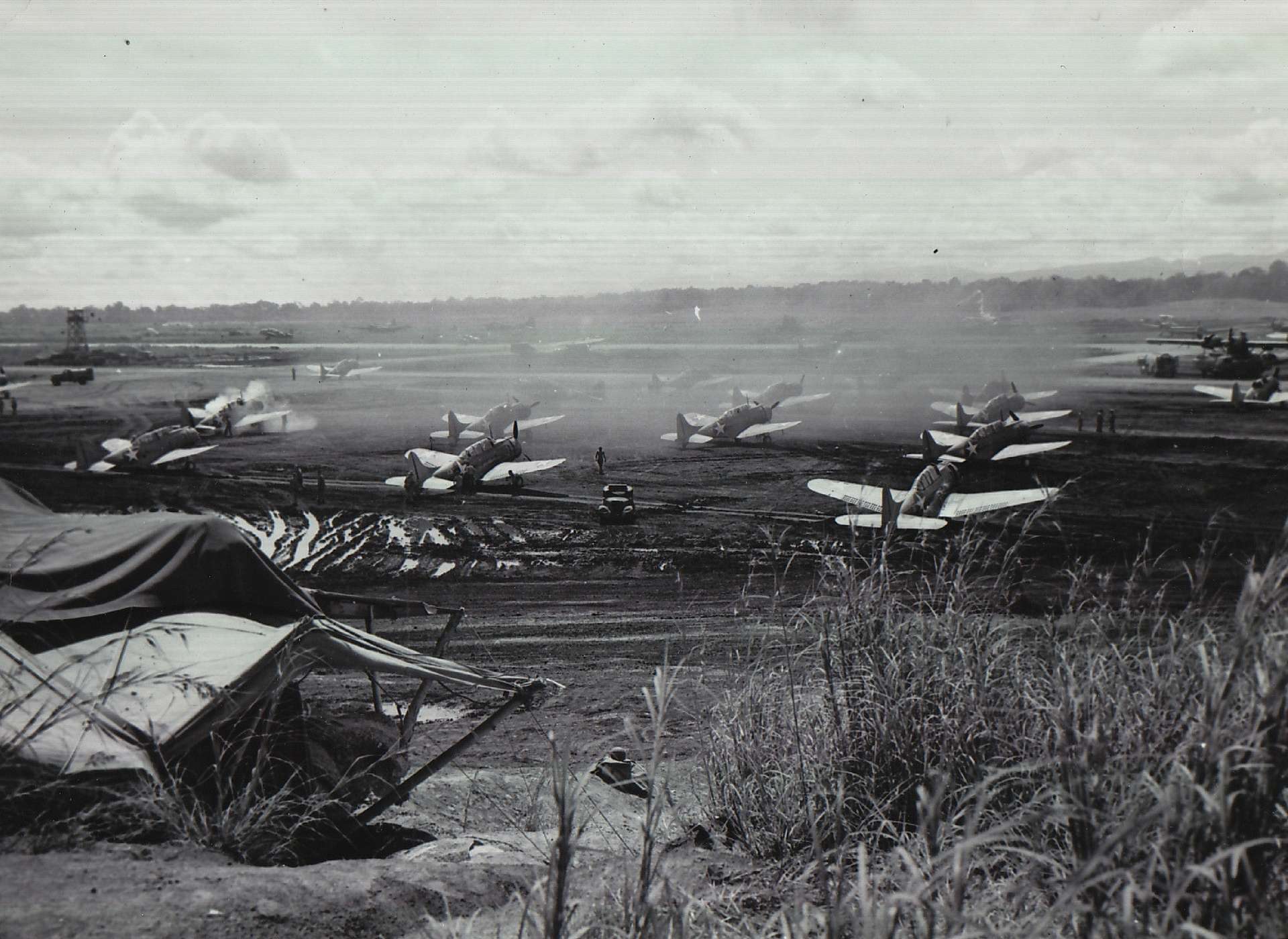
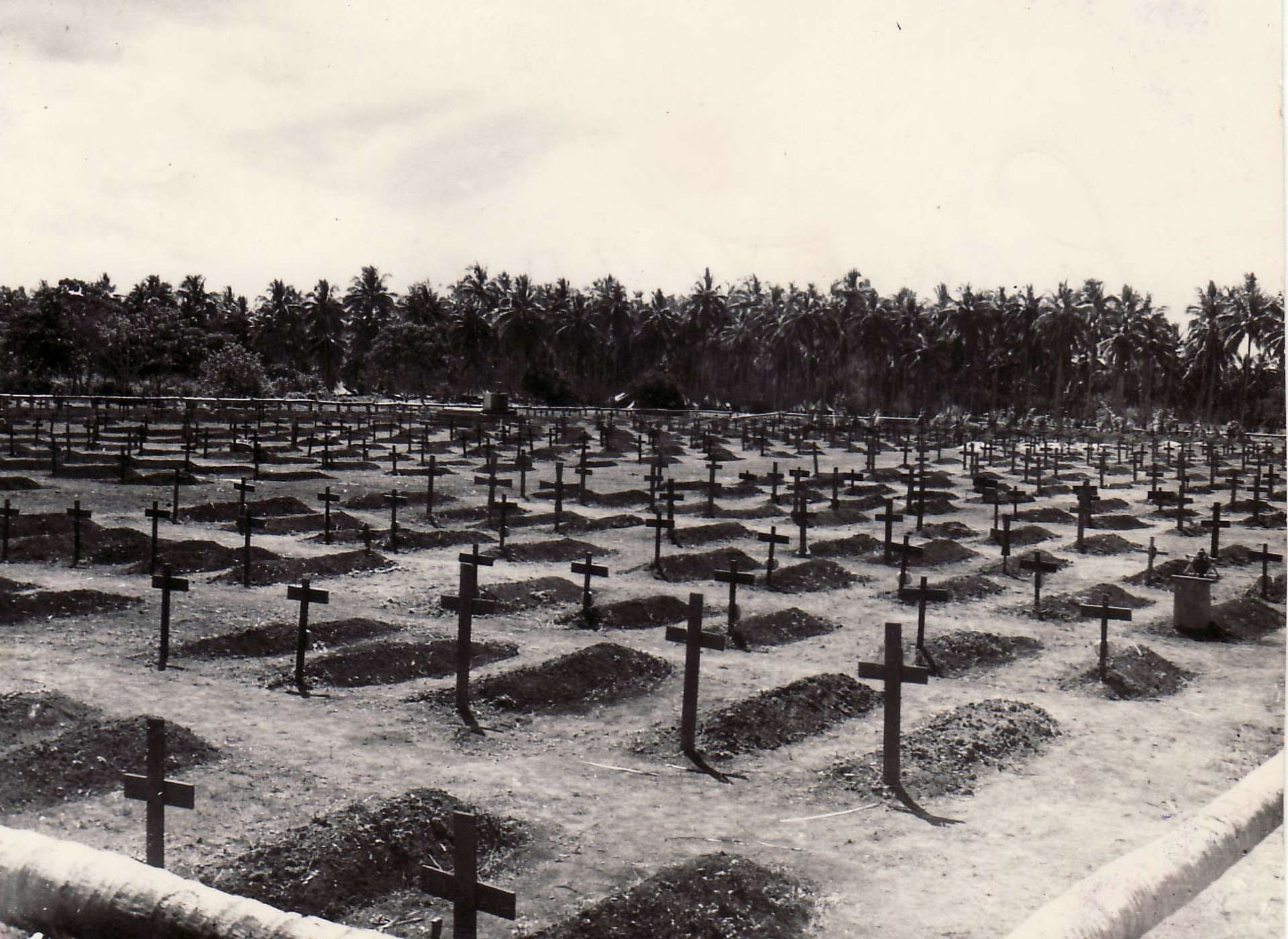

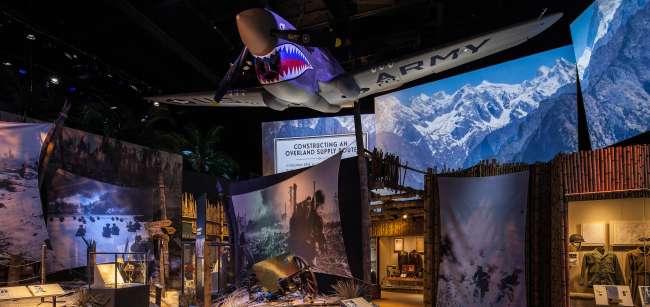
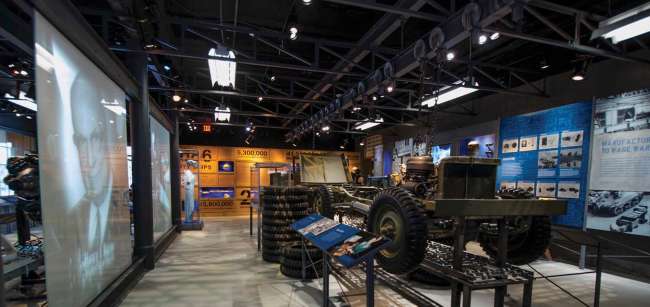





![Max Fuchs, New York City cantor, sings as Rabbi Sydney [sic] Lefkowitz, Richmond, VA, conducts the first Jewish services from Germany.](/sites/default/files/styles/max_650x650/public/2025-10/image1.jpg)

